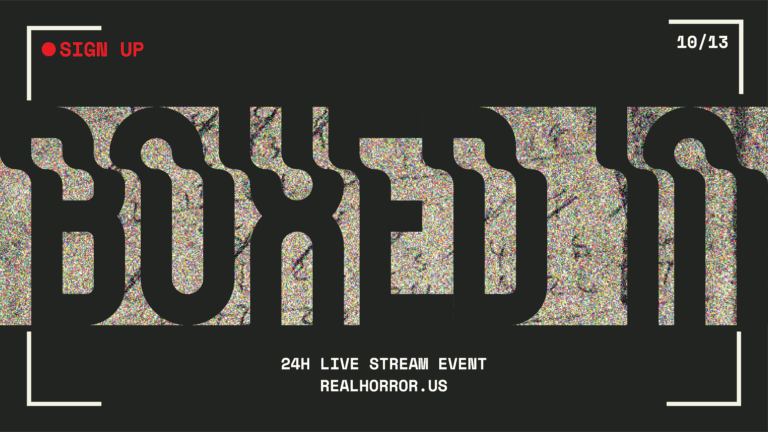RESOURCES
SOLITARY BY THE NUMBERS
Gain a deeper understanding on how, when, and why solitary confinement is used in the United States by taking a deeper look at the research surrounding the practice and its history.
Learn about the devastating impacts of solitary directly from people with lived experience of solitary.
We invite you to read reports from our campaign partners, advocacy organizations, field experts, and medical and academic journals; get up-to-date statistics on the use of solitary in your state;, and download our offered toolkits to help you stay informed and spread the word about our mission.
A good place to start is Solitary Watch’s “FAQ”. Feel free to download it below and use it in your local community meetings and solitary confinement advocacy work.
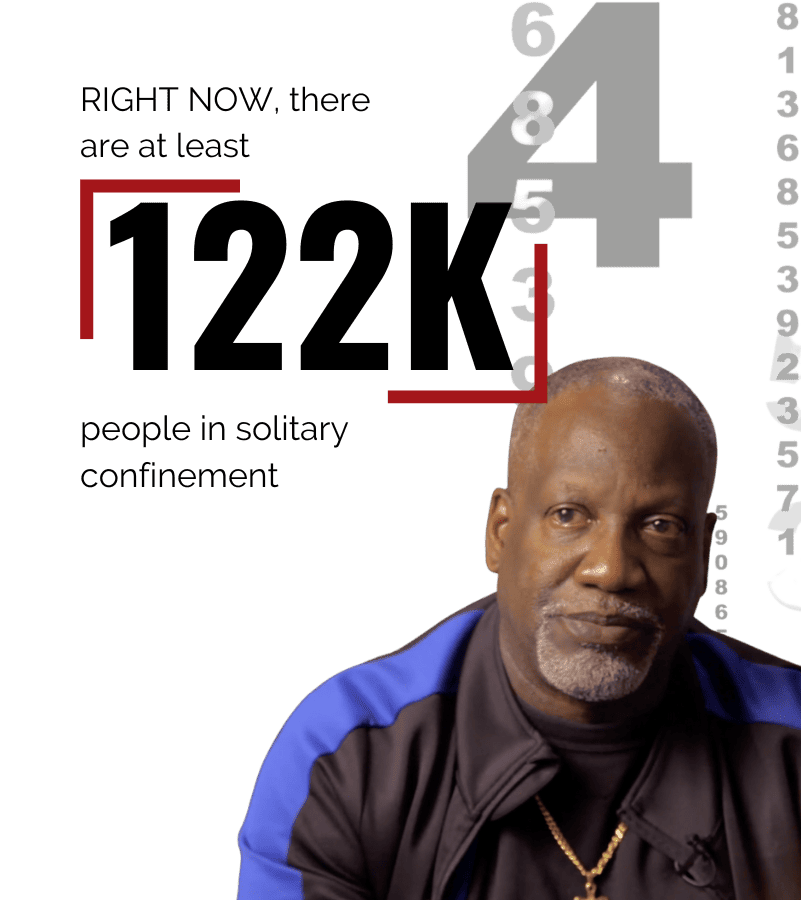
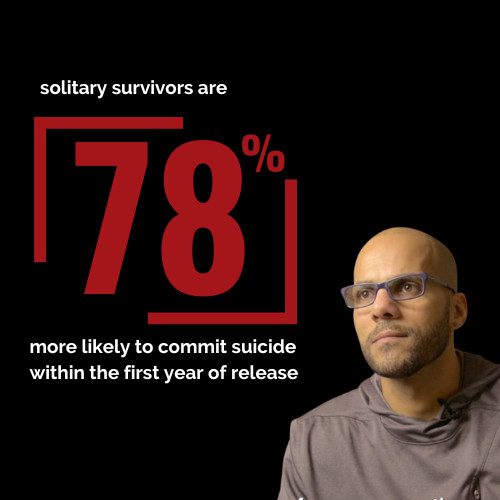
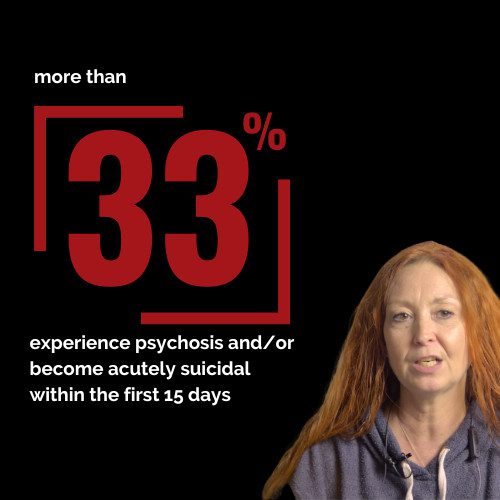
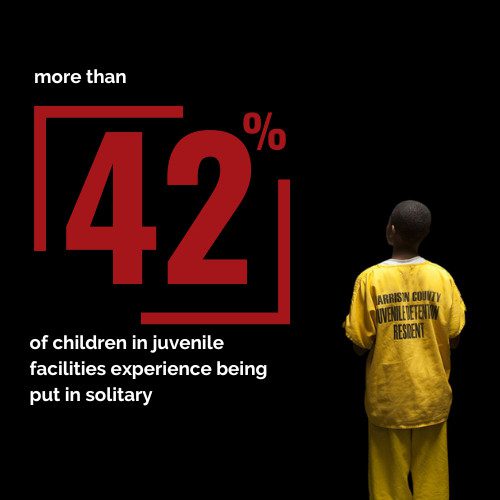
solitary: what you should know
Most frequent questions and answers
Solitary confinement generally involves the placement of a person, alone or with a cellmate, in a locked room or cell for as long as 22 hours or more per day without meaningful access to human contact, often for almost any reason, with or without the person’s consent, and can occur in pretrial or post-conviction detention. Access to exercise, programming, and family visitation are either greatly curtailed or completely denied. People often receive food through a slot in the door and have “recreation” alone in an empty cage.[10]
The result of solitary confinement is severe human, social, and sensory deprivation. In turn, solitary confinement inflicts immense suffering and causes people to deteriorate mentally, physically, and socially. It causes psychosis, anxiety, depression, and heart disease, and too often leads to self-mutilation and death by suicide and other causes.
.[10]
30% of youth held in juvenile facilities report being held in solitary confinement for some period of time. In adult prisons and jails, young people are disproportionately locked in solitary. Because their brains are still developing the psychological effects are great and often irreversible. In addition, youth in solitary are kept from educational opportunities and the ability to develop social skills. According to experts, “young people are psychologically unable to handle solitary confinement…and the traumatic experience has a profound effect on their chance to rehabilitate and grow.” [12]
The eighth amendment to the United States Constitution states that “cruel and unusual punishment” can not be administered to people in correctional facilities. According to international law, solitary confinement is torture and a violation of human rights.
International experts have called for the abolishment of solitary confinement because of its harmful effects on mental and physical health of people who are incarcerated. Yet, the practice remains widespread in the US. [13]
Like mass incarceration itself, research shows that solitary confinement is disproportionately inflicted on Black people, Latinx people, Native people, and other people of color. People of color are far more likely to be isolated than their white counterparts. In one California study, 86% of people in isolation were Latinx and in New York State 82% of people in solitary are Black or Latinx. [14]
F
A
C
T
S
UNLOCK THE TRUTH
These myths persist in part because of a lack of transparency, which keeps the public and the press from witnessing what happens behind the closed doors of prisons and jails.
MYTH #1:
USED FOR
THE WORST
OF THE WORST
Solitary is primarily used for minor infractions like not following an order, or even having too many postage stamps or extra food.
MYTH #2:
ARE NEVER
PUT IN
SOLITARY
There is considerable evidence that thousands of youth are being subjected to solitary confinement, sometimes for months or years.
MYTH #3:
INCARCERATION
MORE
SAFE
People in solitary are deprived of meaningful human interaction and programs, causing additional drastic physical and psychological harm.
MYTH #4:
MONEY
Solitary confinement costs 2-3 times what it costs to hold people in general population. Banning the practice will also save money by reducing violence, medical expenses, and re-incarceration.
MYTH #5:
NO DIFFERENT
FROM
INCARCERATION
The conditions in isolation are far different than in the facilities’ general population. The absence of meaningful human interaction and programming can cause drastic physical and psychological harm.
MYTH #6:
SAFE
ALTERNATIVES
TO SOLITARY
There are many safe and proven alternatives that could reduce violence, increase public safety, and cut incarceration costs.
“It is safe to say that the United States uses solitary confinement more extensively than any other country, for longer periods, and with fewer guarantees.”
-Juan Mendez, United Nations
HOW DO WE STACK UP
How does the United States compare to other countries it’s use of solitary confinement? Not so good.
Compared to the founding NATO countries, we not only incarcerate far more people, but our use of solitary confinement is far more widespread. Gain a deeper understanding on how, when, and why solitary confinement is used in the United States by taking a deeper look at the research surrounding the practice and its history.
Play Video
Watch Frontline’s video for a brief history on what changed in the 1970s and how that led the United States to become one of the world’s worst perpetrators of this state-inflicted torture.
A SHOCKING HISTORY
In the late twentieth century, with the rise of the racially-driven mass incarceration, the increasingly punitive approach of the incarceration system, and the move away from rehabilitation, solitary confinement expanded dramatically across the United States.
By the 1990s and early 2000s, the number of people in solitary and the number of solitary confinement units increased exponentially, as solitary became a routine practice in prisons, jails, and detention centers.
A SOLITARY TIMELINE
1790
Mid-1800's
1890
1970's
1983
1980's-2000's
2007
2009-2011
2011
2013
2013
2014
2015
2015-2018
2016
2018-2021
Today
UNLOCK THE BOX
EDUCATE YOURSELF
Below are the research sources we’ve used to inform our campaign and website. It’s not just a bunch of citations; it’s a great reading list and place to get started in learning about solitary confinement. Feel free to click on the links to individual sources, download as a reading list, or download a .zip file with all of the reports and articles we are legally able to share.
A better grasp

reports & studies
Read and review the research compiled on the effects of solitary confinement. Feel free to download these reports and studies to use as references in your own research; always make sure to properly credit the author(s) and publisher.
MORE RESOURCES
Check out these videos to learn more about the ins and outs of solitary confinement


